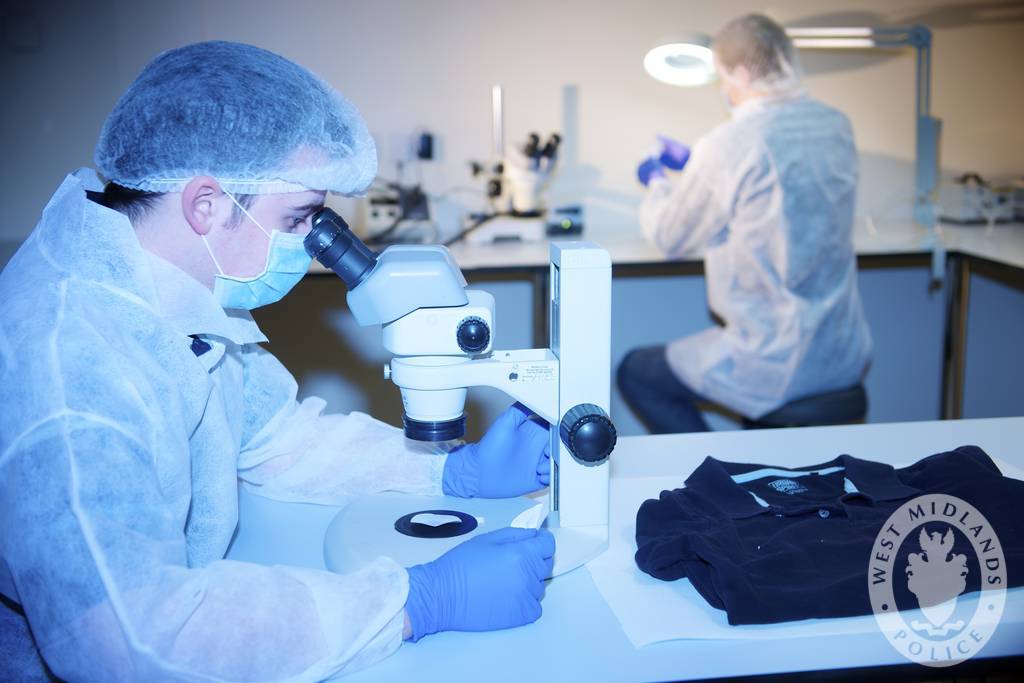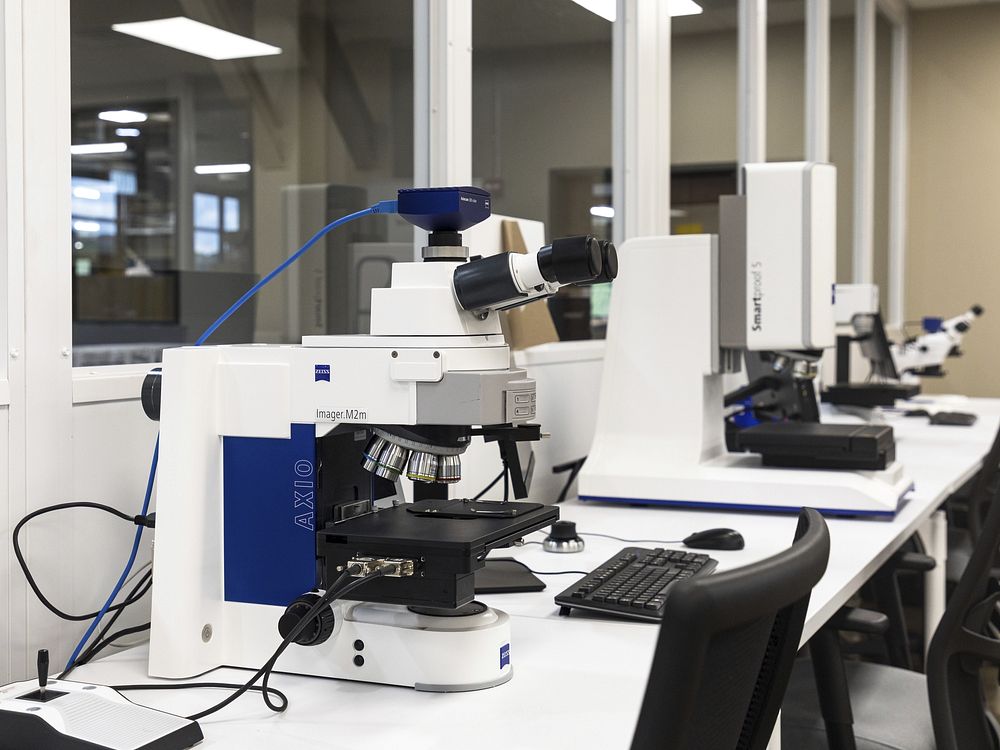Now Reading: Emerging Techniques in Forensic Toxicology: Detecting Novel Psychoactive Substances
-
01
Emerging Techniques in Forensic Toxicology: Detecting Novel Psychoactive Substances

Emerging Techniques in Forensic Toxicology: Detecting Novel Psychoactive Substances
The rapid emergence of novel psychoactive substances (NPS) poses a significant challenge for forensic toxicology, necessitating the development of advanced analytical techniques to detect and characterize these compounds effectively. Traditional toxicological methods often fail to identify newly synthesized designer drugs due to their diverse chemical structures and rapid market turnover. This article explores cutting-edge technologies transforming forensic toxicology, with a focus on high-resolution mass spectrometry, nuclear magnetic resonance spectroscopy, surface-enhanced Raman spectroscopy, and the integration of artificial intelligence for data analysis. Moreover, the article examines the potential of forensic toxicogenomics to understand individual susceptibility and metabolic pathways related to NPS. Challenges such as sample degradation, low concentration levels, and legal-ethical considerations are discussed alongside proposed solutions, including standardized protocols and global collaboration. The article emphasizes the critical role of interdisciplinary work and real-time data sharing in staying ahead of evolving drug trends. Advancements in instrumentation, computational tools, and genomic insights offer forensic laboratories new means to enhance detection sensitivity, identify unknown substances, and ensure the robustness of forensic evidence. This review aims to provide forensic professionals, researchers, and policymakers with an overview of emerging forensic toxicology trends for addressing the dynamic menace of novel psychoactive substances.
Introduction
Forensic toxicology plays a pivotal role in criminal investigations by detecting drugs, poisons, and other toxic agents in biological samples. The rise of novel psychoactive substances (NPS)—designer drugs created to mimic the effects of controlled substances while evading legislation—has transformed the toxicological landscape, presenting unprecedented analytical and legal challenges. These substances vary widely in chemical composition and potency, complicating detection using conventional methods such as gas chromatography-mass spectrometry (GC-MS) or liquid chromatography-tandem mass spectrometry (LC-MS/MS).
As the illicit drug market rapidly evolves, forensic toxicologists must deploy innovative technologies capable of rapid, sensitive, and comprehensive analysis to identify both known and unknown compounds. This article reviews emerging techniques in forensic toxicology specifically aimed at improving the detection of NPS, highlighting recent advances in instrumentation, computational data processing, and genetic insights.
Challenges in Detecting Novel Psychoactive Substances
- Chemical Diversity and Structural Novelty: NPS are continuously modified to create new analogs, making library-based identification difficult.
- Low Concentrations and Sample Degradation: Many NPS appear in trace amounts in biological matrices, necessitating high sensitivity.
- Lack of Standardized Reference Materials: This hampers method development and validation.
- Legal and Ethical Issues: Interpretation of toxicological data for novel substances can be complex in judicial settings.
- Rapid Emergence and Turnover: Timely identification is critical for public health and law enforcement.
Emerging Analytical Techniques
High-Resolution Mass Spectrometry (HRMS)
HRMS has revolutionized forensic toxicology by enabling accurate mass measurement and molecular formula determination. Its ability to detect unknown compounds without prior knowledge makes it ideal for NPS detection. Techniques such as quadrupole time-of-flight (QTOF) and Orbitrap mass spectrometers provide unmatched sensitivity and resolution.
Nuclear Magnetic Resonance (NMR) Spectroscopy
NMR provides detailed structural information, beneficial for elucidating unknown NPS chemical structures. Combining NMR with HRMS offers complementary data, improving identification confidence.
Surface-Enhanced Raman Spectroscopy (SERS)
SERS enhances Raman spectral signals, enabling sensitive and rapid detection of trace drugs in complex matrices. Its portability and minimal sample preparation show promise for on-site forensic screening.
Forensic Toxicogenomics
An emerging field examining genetic factors influencing individual responses to toxins. It aids interpretation of toxicology results by considering metabolic variations affecting drug clearance and toxicity.
Artificial Intelligence and Machine Learning
AI aids in interpreting complex toxicological datasets, pattern recognition, and predicting metabolic pathways of NPS. Machine learning models enhance substance classification and expedite unknown compound identification.
Recent Technological Advancements
- Development of curated LC/MS libraries and sub-libraries tailored for forensic toxicology.
- Dual chromatographic column techniques for improved separation of isomers.
- Portable devices integrated with miniaturized analytical platforms for in-field testing.
- Collaborative international databases facilitating rapid sharing of NPS spectral data.
Strategies to Overcome Limitations
- Standardization of protocols in forensic toxicology labs globally.
- Enhanced training and interdisciplinary collaboration among chemists, biologists, and legal experts.
- Investment in state-of-the-art instrumentation.
- Real-time data sharing and forensic intelligence networks to track emerging trends and substances.
Ethical and Legal Considerations
- Ensuring the accuracy and validity of NPS detection methods to uphold judicial standards.
- Privacy concerns surrounding toxicogenomic information.
- Managing consent and handling postmortem data with sensitivity.
Conclusion
The landscape of forensic toxicology is evolving rapidly in response to the challenges posed by novel psychoactive substances. Emerging analytical techniques, combined with advances in computational tools and toxicogenomics, offer promising avenues for improving detection sensitivity and interpretation. Continued innovation, standardization, and global collaboration will be critical to maintaining the justice system’s confidence in forensic toxicology amid the dynamic drug environment.









